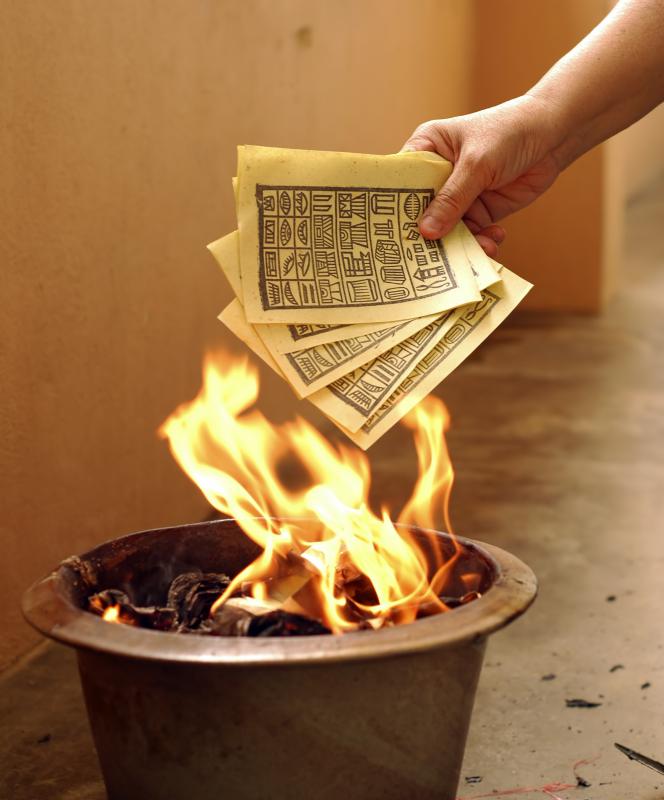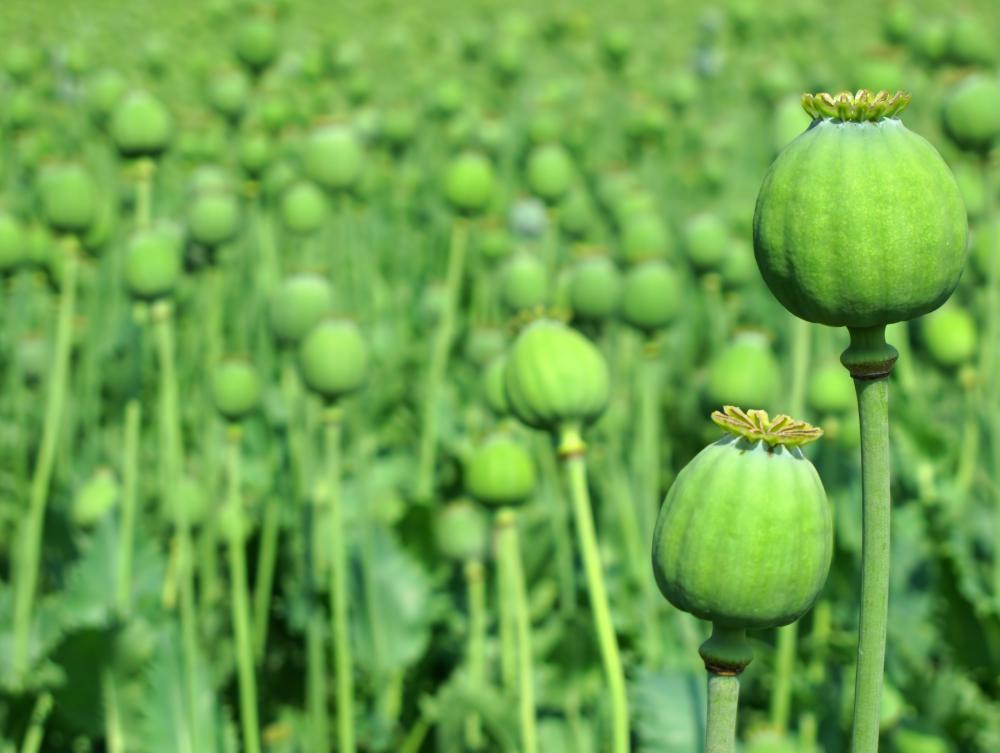At WiseGEEK, we're committed to delivering accurate, trustworthy information. Our expert-authored content is rigorously fact-checked and sourced from credible authorities. Discover how we uphold the highest standards in providing you with reliable knowledge.
What Should I Know About China?
China is an enormous country in Asia. It covers 3,704,400 square miles (9,597,000 sq. km), making it roughly the size of the United States, and smaller than only Canada in Russia in terms of total area. The country is also the world’s most populous nation, with more than 1.3 billion inhabitants. It shares borders with Afghanistan, Bhutan, Burma, India, Kazakhstan, Kyrgyzstan, Laos, Mongolia, Nepal, North Korea, Pakistan, Russia, Tajikistan, and Vietnam.
The early ancestors of humans first settled in China more than a million years ago. Agriculture was developed relatively early in the region, and by the 7th millennium BCE extensive farming was taking place. A number of dynasties can be traced from roughly the 4th millennium BCE, but the first well-recorded history dates from the 2nd century BCE, and traces Chinese history back to the 3rd millennium BCE and the Three August Ones and the Five Emperors.

In the 2nd century BCE, from a period of various warring city states, the king of Qin was able to unify most of China and proclaim himself the first Emperor. It was during this period that the Great Wall of China was begun, to protect the empire from increasingly frequent raids by the Mongols to the north. The reign of the Qin Dynasty was very short, but set the stage for the Han Dynasty which would succeed it two decades later. Under the Han Dynasty, Imperial China widely introduced Confucianism, and expanded the empire.

By the 3rd century, China had broken up again, into three main kingdoms. The next century was tumultuous, with power shifting frequently, and dynasties rising and falling rapidly. Through the 5th century the country was split into the Northern and Southern Dynasties. At the end of the 6th century the country was unified again under the Sui Dynasty. In the early 7th century the Tang Dynasty formed, and Buddhism was widely adopted throughout the region. The Tang ruled a prosperous China for two centuries, before being overthrown in the late-9th century and seeing the country plunged into another fractious era, the period of Five Dynasties and Ten Kingdoms.

The Song Dynasty arose near the end of the 10th century, controlling much of China, while the Liao Dynasty, and later the Jin Dynasty ruled the rest, controlling much of the Song lands as well. In the 13th century, the region was invaded by the Mongols, who conquered the country. Genghis Khan’s grandson, Kublai Khan, established the Yuan Dynasty, and ruled over a unified China. It was around this time that Europeans began to make contact, most famously through the travels of Marco Polo.

In the mid-14th century the Mongols were driven out and the Ming Dynasty took control of the country. Under the Ming, China developed rapidly, with the population expanding dramatically. The Ming Dynasty built up the navy and military substantially and completed the Great Wall, hoping to ensure no further encroachment from the north.In the 17th century, the Manchus from the north invaded and overthrew the Ming Dynasty, establishing the Qing Dynasty.

During the 19th century, the Western powers began to take more of an interest in China. Britain, particularly, was interested in boosting its opium trade, in spite of Chinese laws prohibiting the drug. This led to the Opium Wars, which severely taxed the Qing government, eventually overthrown in 1911, when the Republic of China was formed. For the next few decades the Communist Party of China (CPC) would grow, as would a rival organization, the Kuomintang (KMT). Both groups captured large amounts of the country, and continued fighting even during the Japanese occupation in World War II.

By 1949, the CPC had overpowered the KMT, which in turn fled to Taiwan and continues to claim sovereignty from the island. The CPC, under Mao Zedong, declared the formation of the People’s Republic of China. For the next decades the CPC would implement a number of different Communist agendas. Upon Mao’s death in 1976, the country opened the economy, forming Special Economic Zones where capitalism could flourish relatively unhindered. In the ensuing decades, the country's economy has grown exponentially.

China is beginning to really develop its tourist industry, and the infrastructure is growing at an amazing pace. There are accommodations and dining choices for people traveling at any price range, and the entire country is full of great things to do. The Great Wall of China is one of the most popular tourist attractions, as is the Forbidden City, and the Summer Palace. The Army of Terracotta Warriors is also a popular destination, with 6000 terracotta warriors aligned in a battle formation, created more than 2000 years ago. Buddhist sites such as the Yungang Caves with their 50,000 statues, or the Grand Buddha carved into the cliff near Binhe Lu are also well worth visiting. The country is also home to some of the largest nature preserves in the world, with land spanning virtually every biome on the planet.

Flights arrive daily at all of China’s major airports from every international hub in the world. Overland travel is also possible from many neighboring countries. By far one of the most exotic ways to travel is via the Trans-Siberian railroad, eclipsed only by the prospect of coming in from Mongolia on horseback.
AS FEATURED ON:
AS FEATURED ON:

























Discussion Comments
I am from China. I like this article. However I feel some of the earlier history was lost. Xia, Shang and Zhou were three earlier dynasties. Zhou was followed by Spring Autumn and Warrior Period when small countries were fighting each other constantly prior to Qin's unification of China. The earliest Chinese characters were found engraved on bones (oracle) buried in the ancient capital, An Yang, of Shang dynasty in 1920s. Confucius lived around Spring Autumn time. All those periods were well recorded in history.
Post your comments